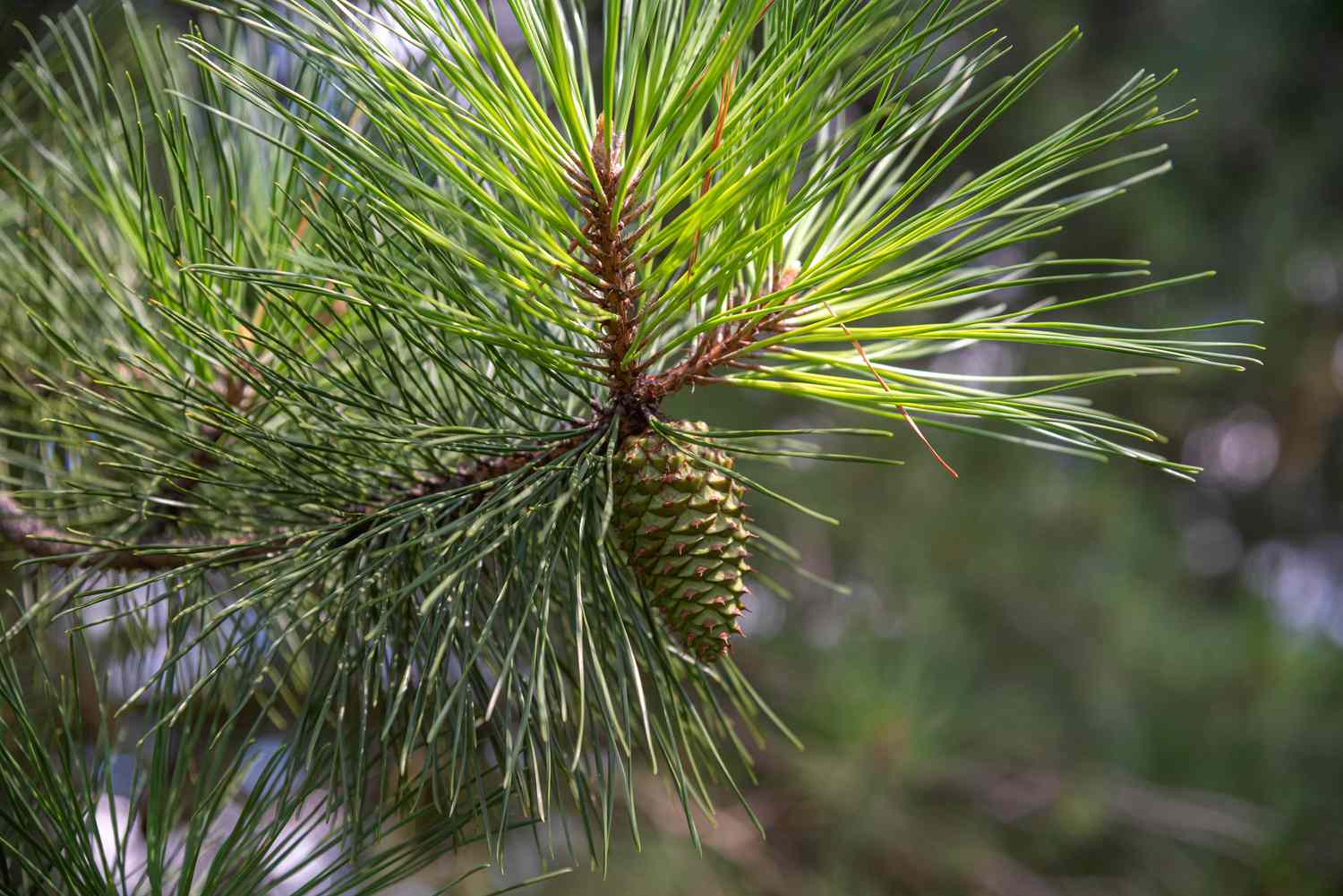6 Factors Causing Pine Trees To Decline and Turn Brown - Victoria, BC
.
Need help with your yard? Get your free quote today!
Get a Free Quote!
Pine trees are a significant component of British Columbia's forests, contributing to the ecological diversity and aesthetic appeal of the region. In Victoria, the presence of pine trees enhances urban landscapes and provides habitat for various wildlife species. However, there have been growing concerns about the decline and mortality of pine trees in the area. This article explores the primary factors contributing to the dying pine trees in Victoria, BC, and discusses potential measures to address this issue.
1. Climate Change and Environmental Stress
1.1 Altered Weather Patterns
- Increased Temperatures: Climate change has led to warmer temperatures in the Pacific Northwest, including Victoria. Higher temperatures can stress pine trees, especially those adapted to cooler climates.
- Drought Conditions: Extended periods of low precipitation result in drought stress. Pine trees require adequate soil moisture for optimal growth, and prolonged drought can lead to weakened trees.
1.2 Impact on Tree Physiology
- Water Stress: Drought conditions cause water deficits in trees, affecting physiological processes like photosynthesis and nutrient transport.
- Reduced Resilience: Stressed trees have lower energy reserves, making them less capable of withstanding additional stresses from pests or diseases.
2. Pest Infestations
2.1 Bark Beetles
- Mountain Pine Beetle (Dendroctonus ponderosae): While the most significant impacts of the mountain pine beetle have been in the interior regions of BC, there is potential for related beetle species to affect pine trees in Victoria.
- Infestation Process: Beetles bore into the bark, disrupting the flow of water and nutrients, and introduce fungi that can further damage the tree.
2.2 Other Insects
- Pine Engraver Beetles: These beetles can attack weakened pine trees, contributing to mortality.
- Defoliators: Insects that feed on needles reduce the tree's ability to photosynthesize, weakening it over time.
3. Diseases
3.1 Fungal Infections
- Root Rot Diseases: Fungi like Armillaria species infect the roots, leading to decay and instability.
- Needle Cast Diseases: Fungal pathogens cause needles to discolor and drop prematurely, reducing photosynthetic capacity.
3.2 Spread and Impact
- Transmission: Fungal spores can spread through the air, soil, or water, infecting multiple trees in an area.
- Tree Vulnerability: Stressed trees are more susceptible to infections due to compromised defense mechanisms.
4. Urban Development and Environmental Stressors
4.1 Habitat Alteration
- Soil Compaction: Construction activities compress the soil, hindering root growth and water infiltration.
- Pollution: Air pollutants and soil contaminants can accumulate, causing stress or toxicity to trees.
4.2 Water Table Changes
- Drainage Modification: Urban development can alter natural drainage patterns, affecting the availability of water to tree roots.
- Irrigation Practices: Over- or under-watering in landscaped areas can create unsuitable conditions for pine trees.
5. Competition and Invasive Species
5.1 Invasive Plants
- Resource Competition: Non-native species may compete with pine trees for water, nutrients, and light.
- Allelopathy: Some invasive plants release chemicals that inhibit the growth of other vegetation.
5.2 Understory Vegetation Changes
- Altered Soil Conditions: Changes in the composition of understory plants can affect soil acidity and nutrient content.
- Microclimate Effects: Dense growth of invasive species can alter humidity and temperature around pine trees.
6. Genetic Factors and Limited Adaptability
6.1 Lack of Genetic Diversity
- Monocultures in Urban Planting: Urban landscapes often feature limited genetic diversity, making trees more vulnerable to pests and diseases.
- Reduced Adaptability: Low genetic variation can limit the ability of pine populations to adapt to changing environmental conditions.
6.2 Slow Reproductive Rates
- Seed Production: Stress can reduce the production of viable seeds, hindering natural regeneration.
- Dispersal Limitations: Urban barriers may prevent seeds from dispersing to suitable germination sites.
Conclusion
The dying pine trees in Victoria, BC, are the result of a complex interplay of factors, with climate change-induced stress being a significant contributor. Environmental stresses weaken trees, making them more susceptible to pests, diseases, and the impacts of urban development. Addressing this issue requires a multifaceted approach:
- Monitoring and Management: Regular health assessments of pine trees and prompt management of pests and diseases.
- Sustainable Urban Planning: Incorporating tree conservation into development plans and minimizing habitat disruption.
- Community Engagement: Raising awareness about tree health and promoting practices that support urban forestry.
Recommendations
- Consult Professionals: If you notice signs of decline in pine trees, contact a certified arborist or local forestry department for guidance.
- Promote Diversity: Plant a variety of native tree species to enhance ecosystem resilience.
- Support Conservation Efforts: Participate in local initiatives aimed at protecting and restoring urban forests.
